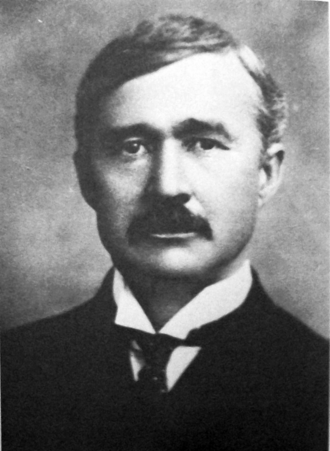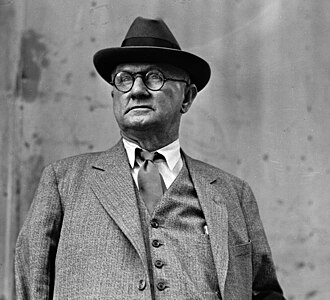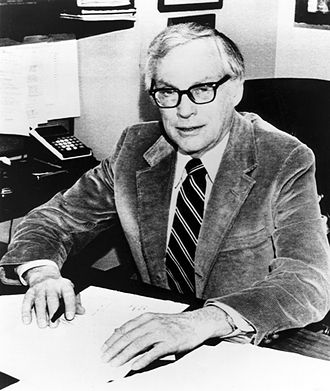Discover Your Roots
SIGN UPDiscover Your Roots
SIGN UPElwood is a male name of English origin, meaning "From The Old Wood Forest." It is derived from the English language and reflects a connection to woodlands and nature. The name has a rich history and is associated with various places and notable individuals. In Australia, Elwood is the name of a suburb in Melbourne, Victoria, while in the United States, it is linked to several cities and communities. Notable individuals bearing the name include American politician Elwood Balderston, co-inventor of gin rummy Elwood Thomas Baker, and American molecular biologist Elwood V. Jensen. Additionally, the name has been featured in arts and entertainment, with fictional characters like Elwood Blues and Elwood P. Dowd. Elwood's diverse usage extends to schools, with institutions such as Elwood College in Melbourne, Australia, and Elwood Jr/Sr High School in Indiana. The name's association with various places, people, and cultural references underscores its enduring significance.

Elwood Haynes (1857–1925) was an American inventor, metallurgist, and automotive pioneer. He is known for inventing the metal alloy stellite, co-discovering martensitic stainless steel, and designing one of the earliest automobiles in the United States. Haynes made significant contributions to the automotive industry, including creating the earliest American design feasible for mass production. He also played a crucial role in the natural gas industry, overseeing the construction of the first long-distance natural gas pipeline in the United States.Born in Portland, Indiana, to a family of English descent, Haynes was raised in a prohibitionist household and developed an early interest in chemistry, metallurgy, and nature. His passion for experimentation and innovation led him to create his first vehicle at the age of 12 and delve into the study of metals and alloys. Throughout his career, Haynes continued to pursue advancements in automotive technology and materials, establishing the Haynes Stellite Company and making significant contributions during World War I.In addition to his pioneering work, Haynes was an outspoken advocate of prohibition, contributing to the Prohibition Party and serving as a philanthropist and community leader. After his passing, his legacy lives on at the Elwood Haynes Museum, where his original inventions and automobiles are showcased for the public to appreciate.

Elwood Mead (January 16, 1858 – January 26, 1936) was an influential American professor, government official, and engineer best known for his leadership of the United States Bureau of Reclamation (USBR) from 1924 until his passing in 1936. His remarkable tenure saw the oversight of several complex projects, including the iconic Hoover, Grand Coulee, and Owyhee dams. Born in Patriot, Indiana, Mead graduated from Purdue University and commenced his career with the United States Army Corps of Engineers in Indianapolis before making significant contributions to the field of irrigation engineering. Notably, he played a key role in drafting water laws for Wyoming and also served as the head of irrigation investigations for the United States Department of Agriculture. Mead's impact extended internationally, as he served in Australia and contributed to irrigation and development plans in Palestine. His legacy lives on through Lake Mead, formed by the construction of the Hoover Dam, and the SS Elwood Mead, a Liberty ship launched in 1944. Elwood Mead's unparalleled dedication and expertise continue to inspire generations in the field of engineering and public service.

Elwood Thomas Cooke (July 5, 1913 – April 16, 2004) was an American amateur tennis player renowned for his skill and achievements in the 1930s and 1940s. Cooke's tennis journey began during his junior year at Benson Polytechnic High School, where he excelled in the Portland Interscholastic League, consistently securing wins for his team. His talent and dedication led to impressive rankings, placing him in the Top 10 in the United States and reaching as high as world No. 8 in Gordon Lowe's amateur rankings. Notably, Cooke reached the singles final at Wimbledon in 1939 and clinched the doubles title that year with Bobby Riggs. His remarkable career also includes victories in various championships, such as the U.S. Indoor Doubles and Oregon State Tournament. Beyond his athletic pursuits, Cooke served as a naval officer during World War II and later became the head tennis professional at Sunningdale Country Club. He was married to the esteemed tennis player Sarah Palfrey Cooke and left a lasting legacy in the world of tennis.

Elwood Vernon Jensen (January 13, 1920 – December 16, 2012) was a highly esteemed Distinguished University Professor and George and Elizabeth Wile Chair in Cancer Research at the University of Cincinnati College of Medicine's Vontz Center for Molecular Studies. Renowned as the father of the field of hormone action, Jensen's groundbreaking work on estrogen receptors earned him the prestigious Albert Lasker Award for Basic Medical Research in 2004. Born in Fargo, North Dakota, Jensen obtained his bachelor's degree from Wittenberg University in 1940 and his PhD in organic chemistry from the University of Chicago in 1944.His significant contributions to the field of hormone action began in 1947 when he isolated estrogen receptors and uncovered their critical role in breast cancer. Notably, he also discovered the superfamily of nuclear hormone receptors and the unifying mechanism that regulates embryonic development and diverse metabolic pathways. Throughout his illustrious career, Jensen garnered numerous accolades, including being elected as a member of the National Academy of Sciences and receiving the Golden Plate Award from the American Academy of Achievement.In 2002, he commenced his impactful work at the University of Cincinnati, where he continued until 2011. Jensen passed away at the age of 92 due to pneumonia in Cincinnati in 2012, leaving behind a lasting legacy in the field of medical research.

Elwood "Buck" Lake Perry, born in 1915 in Hickory, North Carolina, was a renowned inventor and author. After serving as a lieutenant-colonel in the United States Army Transportation Corps during World War II, he returned to his hometown to work in the family business. In 1946, Perry invented the fishing lure known as the spoonplug, which revolutionized the fishing industry. His dedication to promoting his invention led to widespread success, with millions of spoonplugs being sold. Perry's expertise and passion for fishing led him to publish several books and a home study series, establishing himself as a leading figure in the fishing community. His system, known as Spoonplugging, focused on the intricacies of fishing, including fish migration, underwater topography, and weather conditions. Perry's significant contributions to the sport of fishing earned him a place in the National Freshwater Fishing Hall of Fame. He left a lasting legacy and is remembered as the father of structure fishing. Perry was married to Marjorie Bud Setzer Perry for 39 years before her passing in 1978, and later to Geraldine Jeri Stowe Perry until his death in 2005. His influence continues through the continued publication of his newsletter and the sale of his fishing lures by the Buck Perry Company in Hickory, North Carolina.
All images displayed on this page are sourced from Wikipedia or Wikimedia Commons.We use these images under their respective Creative Commons or public domain licenses. Wherever applicable, author attributions and license information are provided. If you believe an image is used incorrectly or outside its license terms, please contact us so that we can review and correct the issue.